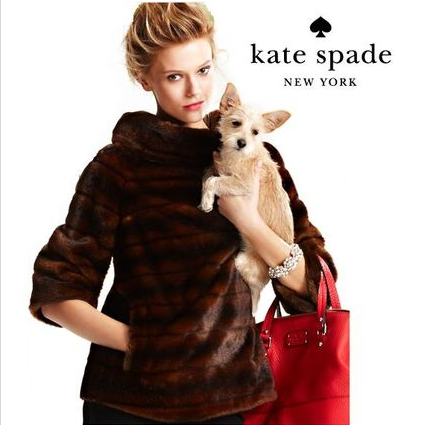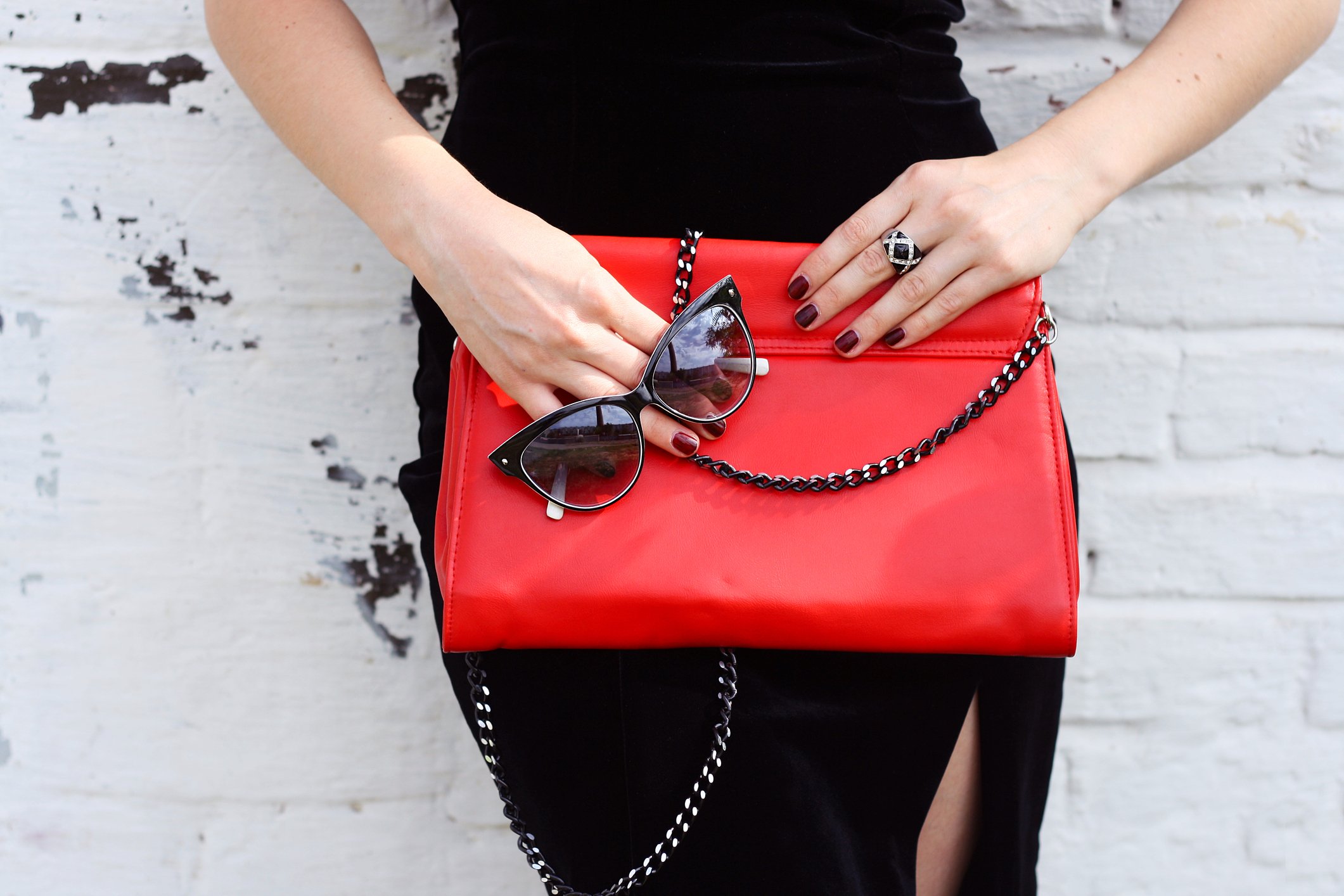
Source: Kate Spade
The global luxury goods market is estimated to grow at 6% annually to between $320 billion and $333 billion in 2015, according to research from Bain. This growth isn't equally shared among all product segments and geographies, however, with accessories and emerging markets taking the spotlight. This makes Kate Spade (KATE +0.00%), a global designer and marketer of accessories and apparel, a potential investment candidate for those who want to profit from the growth in the global luxury market.
Other consumer companies such as SodaStream (SODA +0.00%) and Sequential Brands (SQBG +0.00%) also offer interesting insights into Kate Spade's business model.
Attractive accessories business
Based on Bain research, accessories became the fastest growing segment in 2013, expanding by 4% to become the largest luxury product category at 28% of global revenues. Kate Spade derived 80% of its revenues from accessories in 2013 and expects to maintain the ratio at 70% in 2016 even as it expands into other luxury product categories going forward.
The accessories market doesn't just boast strong growth potential; it's also a high-margin business. Kate Spade's focus on accessories has been a key factor in its ability to maintain gross margins in excess of 50% over the past three years. There are two key reasons why Kate Spade's accessory-buying customers are relatively less price-sensitive.
Firstly, accessories such as handbags and small leather goods tend to complement a wearer's core apparel like dresses and footwear. As a result, they have broader appeal and suffer less from fashion and seasonality risk. For example, consumers are generally reluctant to pay a huge price premium for apparel that will go out of fashion in the next three months. In contrast, they are relatively more comfortable with paying up for accessories that can be used to match with multiple apparel products and have a longer life cycle.
Secondly, accessories are usually follow-on purchases at smaller ticket sizes compared to apparel purchases. Consumers tend to go bargain-hunting for the best deal in their initial purchases of apparel products, and therefore they are more price-conscious. Once they buy their favorite dresses and shoes, it drives the need for matching accessories.
SodaStream, another consumer company in a different space, benefits from similar dynamics in relation to customer price sensitivity. While consumers won't blink paying a few bucks for a cup of latte, they will definitely consider more carefully when it comes to purchasing homemade soda makers from SodaStream.
SodaStream understand consumer psychology very well. It prices its soda makers at as low as $100 and makes the bulk of its profit margins on consumables. Once a customer has bought a SodaStream sodamaker, he is basically "locked in" and more likely to buy things like carbon dioxide refills and flavors without much concern over price. The results speak for themselves, with SodaStream also achieving high gross margins over 50%, like Kate Spade.
International expansion
Bain's 2013 "Luxury Goods Worldwide Market Study" indicated that Greater China, Southeast Asia, and the Middle East are the fastest-growing luxury markets in the world. Kate Spade derived 80% and 17% of its revenues from North America and Asia respectively, implying room for further growth.
Overseas expansion is fraught with both opportunities and risks. It's reassuring to know that Kate Spade has employed a range of business models to manage risk when it comes to overseas expansion in the different regions. For the markets which it perceives that operating and political risks are lower such as Europe, Japan, and Southeast Asia, Kate Spade has chosen to operate its own stores locally.
On the other hand, Kate Spade is expanding into "high business risk" regions such as Middle East, Mexico, and Turkey via distribution agreements. In cases where local knowledge is vital, Kate Spade has partnered with local companies such as in its joint venture arrangements in China. Looking ahead, Kate Spade has plans for approximately 55 new company- and partner-operated international stores this year.

Source: Kate Spade
Asset-light model
In addition to capitalizing on the growth in accessories and emerging markets, Kate Spade's capital-light business model is another reason for its attractiveness as an investment candidate. While there are other companies capitalizing on the growth of the luxury market, they have higher risks because of the capital-intensive nature of their businesses. Manufacturers have their capital tied up in facilities and equipment, while brick & mortar retailers face rising rental costs.
Kate Spade mitigates these concerns with its asset-light operating model. Kate Spade doesn't own or run any manufacturing facilities, it sources its products from more than 100 suppliers globally. It is also very advanced in terms of e-commerce penetration, generating about a fifth of its revenues from online sales. With only 12 existing license arrangements in place, there is huge potential for Kate Spade to grow this asset-light revenue stream.
To gauge the potential of growing licensing revenues, it's worth drawing insights from Sequential Brands, a pure-play brand management company that owns and licenses eight consumer brands. Two years ago, Sequential Brands engaged in wholesaling and retailing prior to its transition into a pure licensor.
In this short two-year period, it increased the number of brands licensed from two to eight and saw its retail sales contribution from brands under management grow from below $100 million to close to $1 billion. More importantly, Sequential Brands' licensing model suggests that it doesn't have to incur costs with respect to sourcing, manufacturing, and distribution. This enabled it to generate high trailing twelve month operating margins of 44%.
Looking into the future, Kate Spade sees $100-$150 million worth of retail equivalent sales from licensing in the next three years. It will license its brands for table linens and home décor products this year and next year respectively.
Foolish final thoughts
Kate Spade's strong first quarter of 2014 results validates my confidence in its strong growth prospects. It grew its quarterly net sales by 43% to $224 million and more than doubled its EBITDA to $17 million. Kate Spade's 2014 priorities include increased product licensing opportunities and expansion of its e-commerce operations, which should position the company to further benefit from the luxury market's growth.






